Improving Thermite Ignition Using Magnesium
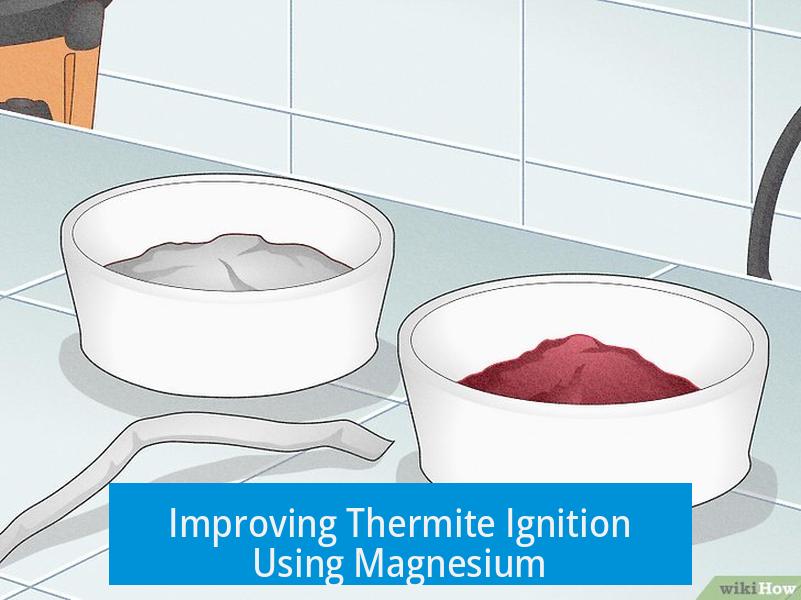
Magnesium alone often struggles to ignite thermite due to limited ignition energy and poor heat transfer; therefore, enhancing ignition requires finer reactants, supplemental ignition aids like sparklers or potassium permanganate with glycerin, and proper preparation including dry, finely powdered components.
Why Magnesium Alone is Difficult for Thermite Ignition
Magnesium can burn at around 3100 °C, a temperature theoretically sufficient to ignite thermite. However, practical difficulties arise from physical and chemical factors. Common challenges include:
- Magnesium’s ignition temperature may not effectively transfer sustained heat to the thermite mixture.
- Coarse thermite particles limit surface contact and slow reaction initiation.
- Moisture in powders consumes heat to produce steam, preventing ignition.
- Embedding magnesium strips without proper contact reduces localized heating.
Consequently, magnesium ribbons by themselves often fail unless supported with enhanced ignition methods or mix preparation.
Strategies to Improve Ignition Using Magnesium
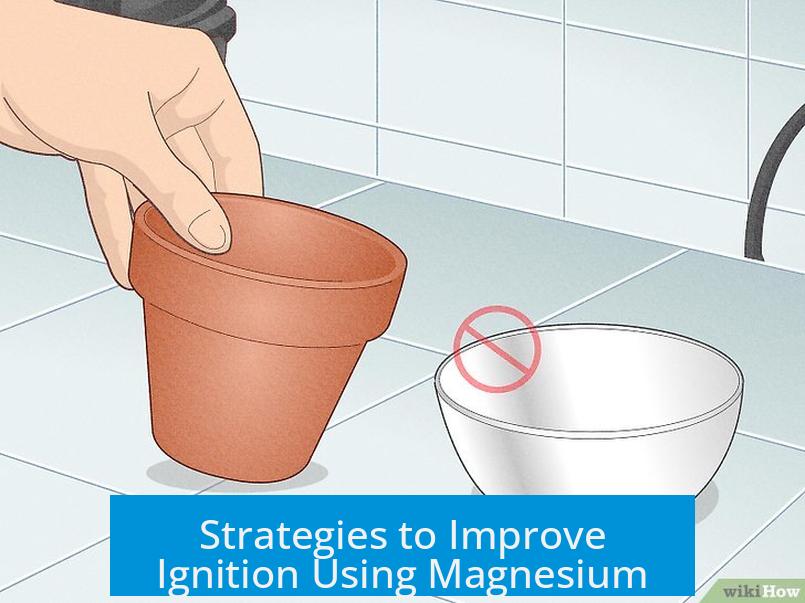
1. Use Finer Powders and Proper Mixing
Thermite consists of powdered iron oxide (Fe2O3) and aluminum powder. Reducing particle size increases surface area, facilitating rapid oxidation-reduction.
- Grind iron oxide and aluminum to fine, uniform powders (micron-sized if possible).
- Ensure thorough mixing to maximize contact between reactants.
- Avoid clumping or large chunks that impede heat transfer.
- Keep powders extremely dry; store in desiccators before use.
Finely powdered, dry, and well-mixed thermite ignites more easily, allowing magnesium’s heat to initiate the reaction effectively.
2. Employ Supplemental Ignition Aids
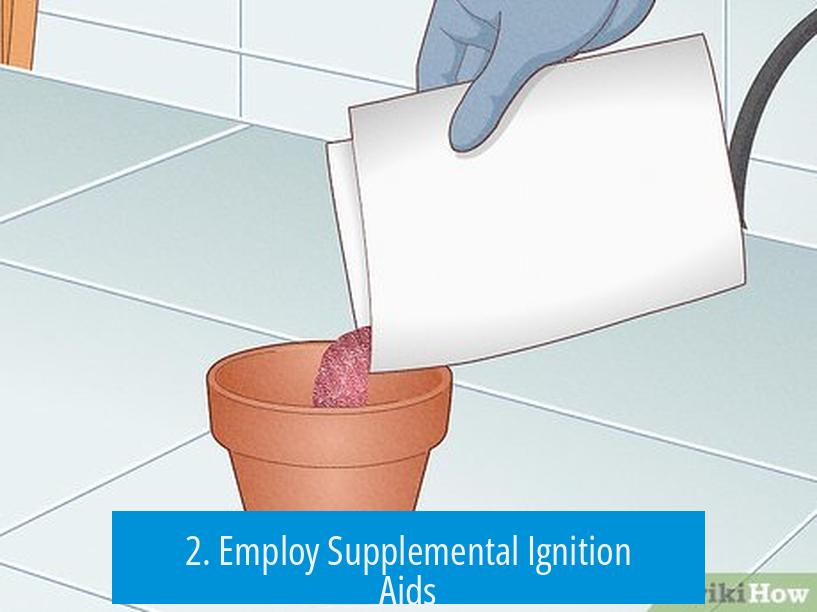
Magnesium burning alone delivers limited ignition energy. Adding high-energy aids simplifies ignition:
- Sparklers: Commercial sparklers burn hot and produce sparks, igniting thermite quickly when embedded or laid on top.
- Potassium Permanganate and Glycerin: Mixing potassium permanganate with vegetable glycerin induces a vigorous exothermic reaction. Ignite mag strip near this or embed a magnesium strip into this chemical mixture for enhanced energy.
- Sulfur and Potassium Nitrate: A small primer mix (e.g., aluminum powder 3 parts, potassium nitrate 5 parts, sulfur 2 parts) ignites readily and transfers heat to thermite more efficiently than magnesium alone.
- Flash powder blends: Combining magnalium and potassium permanganate in a small charge ignited by a fuse can serve as a powerful starter.
3. Initiate the Magnesium Effectively
Simply placing a magnesium strip atop thermite without controlled ignition risks failure.
- Ignite magnesium with a torch or lighter before contact with thermite.
- Embed burning magnesium ribbons or shavings inside the thermite pile rather than on the surface.
- Wrap magnesium ribbon around sparklers to create a composite ignition source.
- Light magnesium first, then apply it to thermite.
This method maximizes heat transfer and controls ignition timing.
Using Advanced Ignition Techniques
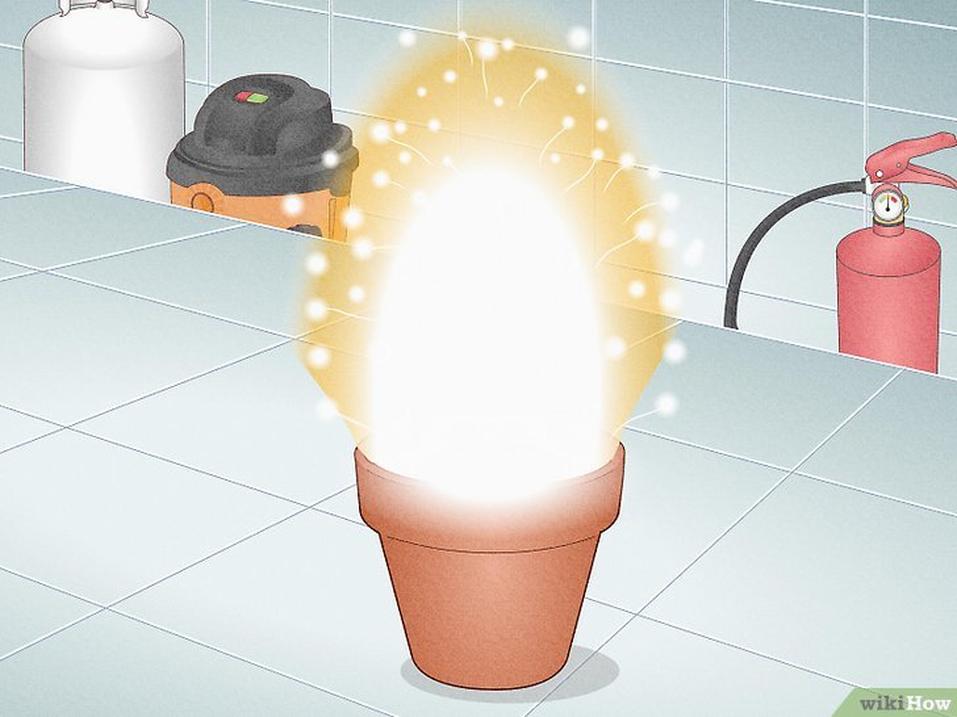
Electric Matches and Firing Chains
For reliable and repeatable ignition, professional pyrotechnics use electric matches linked to ignition trains:
- Primary ignition charge (easy-to-ignite mixture) in direct contact with electric match.
- A secondary composition, such as black iron oxide and aluminum thermalte, bridges between primer and main thermite charge.
- Electric ignition reduces human exposure to heat and hazardous sparks.
Electric matches enable precise, remote ignition and faster reaction initiation, improving magnesium’s limited heating effect.
Oxidizers and Initiation Energy Boosters
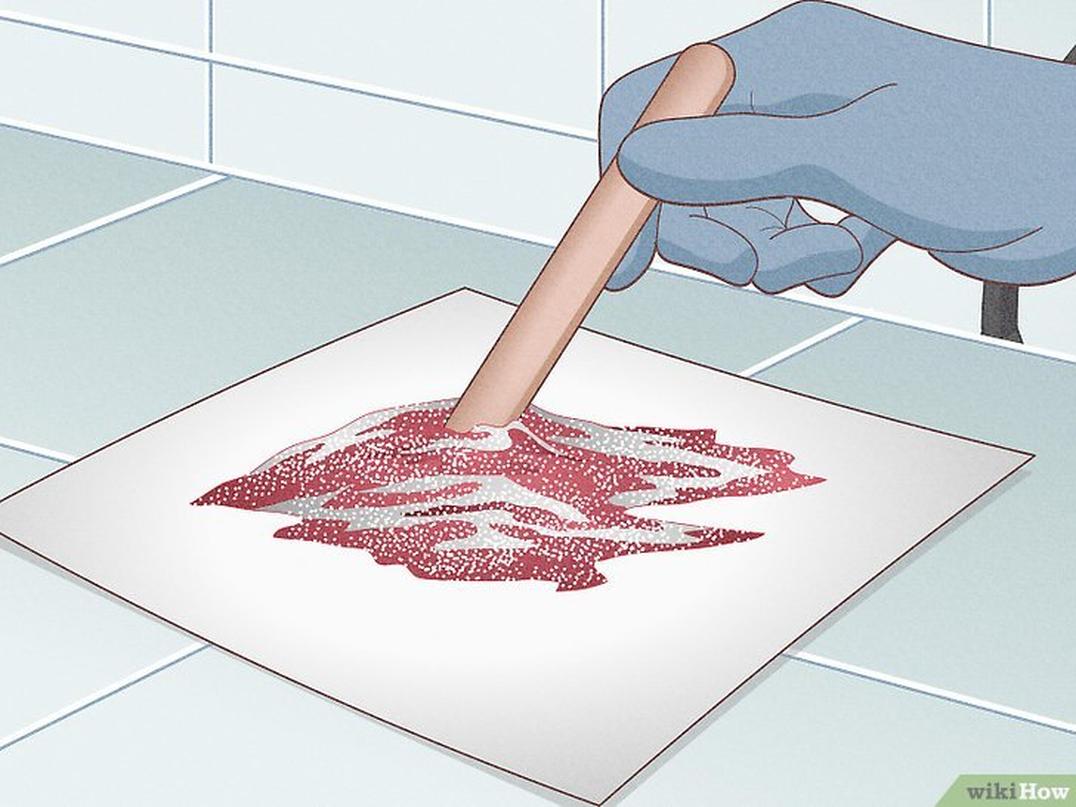
Incorporate stronger oxidizers like barium peroxide or additional potassium nitrate to enhance initiation energy. A tailored thermate blend may be used:
| Component | Percentage (Weight) | Role |
|---|---|---|
| Red Iron Oxide (Fe2O3) | 66% | Oxygen source for reduction |
| Aluminum Powder | 29% | Fuel, reducing agent |
| Barium Nitrate | 3% | Supplemental oxidizer for boost |
| Sulfur | 2% | Ignition aid reducing ignition temperature |
Alternative ignition boosters like potassium permanganate also create intense heat on contact with glycerin or sulfur, helping magnesium initiate the thermite more effectively.
Preparation and Safety Essentials
Preparation Tips
- Store powders in desiccators until use to prevent moisture-related ignition failures.
- If using a graphite crucible, preheat it to avoid thermal shock.
- Ensure all powders are thoroughly dried and finely ground.
- Pack the thermite loosely to allow oxygen access and prevent smothering the reaction.
Safety Considerations
- Wear welding goggles or face shields; thermite burns brighter than the sun.
- Handle powders with natural fiber clothing to reduce static buildup.
- Ground yourself away from electrical systems to prevent electrostatic discharge.
- Never use water on thermite or metal fires; water fuels such fires through steam and hydrogen generation.
- Use class D fire extinguishers designed for metal fires or smother with sand.
- Maintain safe distances during ignition to avoid burns or injury from molten iron.
Miscellaneous Ignition Suggestions
- Try igniting thermite with a small electric spark or an arc from a graphite rod and welding transformer.
- Use flares or Bengal flare compositions as a heat source for ignition.
- Fourth of July sparklers produce sparks and sustained heat, helping ignite thermite mixtures.
Summary of Key Advice
- Use fine, dry, and well-mixed powders to maximize surface area and oxygen contact.
- Supplement magnesium ignition with sparklers, potassium permanganate + glycerin, or sulfur-potassium nitrate-aluminum primers.
- Ignite magnesium before contact or embed burning magnesium within the thermite mass for better heat transfer.
- Consider advanced techniques such as electric matches and ignition trains for reliable initiation.
- Follow strict safety protocols including personal protective equipment and fire control methods.
Had a Go at Making Thermite: Why Is It So Hard to Ignite with Magnesium and How to Fix It?
Trying to ignite thermite with magnesium can be a real headache because magnesium alone often doesn’t deliver enough initiation energy to get the reaction going efficiently. If you’ve experienced that stubborn thermite refuse to light up even with a burning mag strip, you’re not alone. But don’t toss your mixture out just yet—there are proven ways to juice up that ignition process and get your fiery show going strong.
Let’s break down why magnesium struggles and what you can do to make that thermite burn with enthusiasm instead of giving you the cold shoulder.
Why Magnesium Alone Isn’t Always Enough
Magnesium is famed for burning at a blistering temperature (around 3100°C), bright and fierce. So, why the ignition drama?
- Magnesium metal needs a hefty boost to ignite thermite because the thermite mix itself demands high activation energy.
- You might be using coarse powder mixtures or poorly mixed reactants, which hinder ignition because of lower surface area and incomplete contact between reactants.
- The magnesium ribbon or shavings alone might not ignite uniformly, especially without a strong heat source like a torch directly on the ribbon.
Simply lighting a small strip of magnesium on the surface, without embedding it or enhancing the mixture, often falls flat.
Turning Up the Heat: Practical Tips to Improve Ignition
If your magnesium is putting up a fight, try these tailored strategies. Think of it like upgrading from a spark to a flamethrower.
1. Use Finer Powders and Mix Thoroughly
Particle size is king here. Grinding your red iron oxide and aluminum powders into fine particles (think talcum powder fineness, not gravel) increases surface area. A larger contact area helps boost reaction speed and lowers ignition energy requirements.
- Don’t just toss chunky powders into your mix — grind them finely and sift out lumps.
- Mix well but keep the mixture loose rather than hard-packed. Loose packing aids oxygen diffusion and heat transfer.
- Keep powders bone-dry using a desiccator or moisture-proof container, because even slight dampness wastes precious heat turning water into steam instead of sustaining your thermite reaction.
2. Embed and Ignite Magnesium Using a Direct Heat Source
Lighting the magnesium directly with a torch makes a massive difference. Embed a mag ribbon or shavings inside the thermite, then use a torch flame to kick-start it. The ribbon burns hotter and more evenly than a surface spark.
- Try wrapping magnesium shavings around a sparkler and embed it into your thermite. The combined heat from burning mag and sparkler sparks usually seals the ignition deal.
- If you rely on magnesium, always light it burning first then place it into the thermite rather than lighting after.
3. Add Ignition Boosters: Sulfur, Potassium Nitrate, and More
Magnify the intensity by mixing powerful oxidants or additives that kick over your thermite’s activation energy barrier.
- Sulfur: A small portion (2-5%) blended into your starter mix can help significantly by its own combustibility.
- Potassium Nitrate (KNO3): Acts as an oxidant and is often paired with sulfur and aluminum powder to create a flashier ignition mix, known as “thermate”.
- Barium Peroxide: Placing a thin layer between magnesium and thermite dramatically boosts initiation energy.
One tried-and-true formula is 5 parts potassium nitrate, 3 parts aluminum powder, and 2 parts sulfur to prep a more ignition-friendly layer.
4. Go Chemical: Potassium Permanganate and Glycerin Trick
This combo is the pyrotechnician’s secret weapon for a reliable, delayed, and hot ignition source without bang or sparkler fuss.
- Make a small pile of potassium permanganate in your ignition zone.
- Dig a tiny well in it with your finger.
- Pour a few drops of vegetable glycerin and step back. A vigorous exothermic reaction ensues, providing plenty of heat to light the thermite.
This approach has a dual advantage: you stay safe by igniting at a short distance, and it reliably kicks off even stubborn mixes.
5. Consider Advanced Ignition: Electric Matches and Firing Trains
If DIY sparks and chemical concoctions aren’t cutting it, advanced pyrotechnic initiators come into play.
- Electric Matches: These provide controlled, instant ignition of a primer charge.
- Firing Train: Uses sequential ignition—first a sensitive igniter (e.g., Ti + potassium perchlorate mix) lights, then a secondary charge (less reactive thermate), which finally ignites the primary thermite.
Electric match setups are ideal for repeatability, especially in experimental or demonstration settings.
Safety First: Because Thermite Is No Picnic
This is serious stuff. Thermite burns hotter than the sun’s surface and produces molten iron. Don’t treat it like a campfire experiment.
- Always wear welding goggles or a full face shield due to intense brightness and molten metal risk.
- Dress in natural fiber clothing to reduce static electricity buildup that could ignite powders unintentionally.
- Keep powders dry and handle them in low-static environments. Ground yourself to minimize electrostatic discharge (ESD), but an electrical ground is not good enough—use an earth ground.
- Never use water to extinguish thermite fires. It can make things worse by generating flammable hydrogen gas.
- Have Class D fire extinguishing materials handy—dry sand or special metal fire extinguishers.
- Always stay at a safe distance once ignition occurs. Molten iron sprays unpredictably!
Thermite isn’t a toy or a magic show—it’s industrial chemistry that demands respect.
Handy Summary Table for Improved Thermite Ignition
| Problem | Solution | Details |
|---|---|---|
| Magnesium ribbon hard to ignite thermite | Embed Mg, ignite with torch or sparkler | Light Mg first, embed inside thermite, use direct flame |
| Coarse powder reduces ignition reliability | Use fine powders, keep dry | Grind aluminum & iron oxide smaller, store desiccated |
| Insufficient initiation energy | Add ignition boosters | Sulfur, potassium nitrate, barium peroxide mixes |
| Uncontrolled or unsafe ignition | Use potassium permanganate + glycerin or electric matches | Safe, controlled, exothermic reaction for ignition |
| Thermite ignition spark/delay | Sparking devices or firing trains | Sparklers, magnalium flash powder, advanced ignition chains |
From Frustration to Fiery Triumph: A Practical Tip
One pyrotechnics hobbyist shared that wrapping magnesium ribbon around a cheap firework sparkler and embedding that bundle inside the thermite reliably ignited his otherwise stubborn mix. Brilliant, and dare I say, a bit like pyrotechnic sushi.
Another mentioned using “thermate”—a concoction including potassium nitrate, sulfur, and aluminum powder layered beneath the thermite—which acted like a tiny explosion starter. Combine this with fine powders and direct torch ignition, and the thermite lights off like a dream.
Ethical and Legal Reminders
Before you don your welding goggles and fire up your backyard lab, remember thermite’s purpose—it’s industrial and often used for welding train tracks and demolition. This isn’t a recipe for fireworks or weapons.
Always ensure you operate within legal jurisdictions and safety regulations. Playing with fire isn’t a game, and being responsible ensures you and others stay safe.
Wrapping It Up
Magnesium alone struggles to ignite thermite because it doesn’t always provide enough heat in the right way. To improve your ignition chances, focus on:
- Fine, dry powders with high surface contact
- Embed and ignite magnesium with direct heat or sparklers
- Use ignition boosters like sulfur, potassium nitrate, or barium peroxide
- Consider chemical alternatives like potassium permanganate with glycerin
- Employ advanced ignition modes like electric matches and firing trains for reliable starts
- Stay safe with proper gear, procedures, and fire control methods
With these tips, your next thermite experiment could go from stubborn dud to fiery success. Care to give it another go?
Why is magnesium ribbon hard to ignite thermite directly?
Magnesium ribbon needs a high temperature to start burning. Coarser thermite powders make ignition tougher. Embedding the burning magnesium into fine powder or using additional ignition aids helps improve starting the reaction.
How can I improve thermite ignition using mixture additives?
- Mix in a small amount of sulfur or potassium nitrate to increase reactivity.
- Adding potassium permanganate with glycerin creates a strong exothermic reaction to ignite thermite easily.
- Oxidants like barium peroxide or nitrate can boost initiation energy.
What ignition methods work better than just magnesium for thermite?
Try lighting a sparkler wrapped in magnesium ribbon placed inside the thermite. Using electric matches coupled with booster pyrotechnics or premixed flash powders can ensure more reliable ignition.
Does powder size affect thermite ignition?
Yes, finer iron oxide and aluminum powders ignite easier due to larger surface area. Keeping powders dry and loosely packed also helps ignition. Chunky, poorly mixed materials slow the reaction start.
Are there safety tips when igniting thermite with magnesium?
Wear welding goggles and natural fiber clothing. Avoid water near burning thermite. Use sand to contain fires and keep electric matches shunted until firing. Ensure powders are very dry to reduce sparks and unwanted reactions.


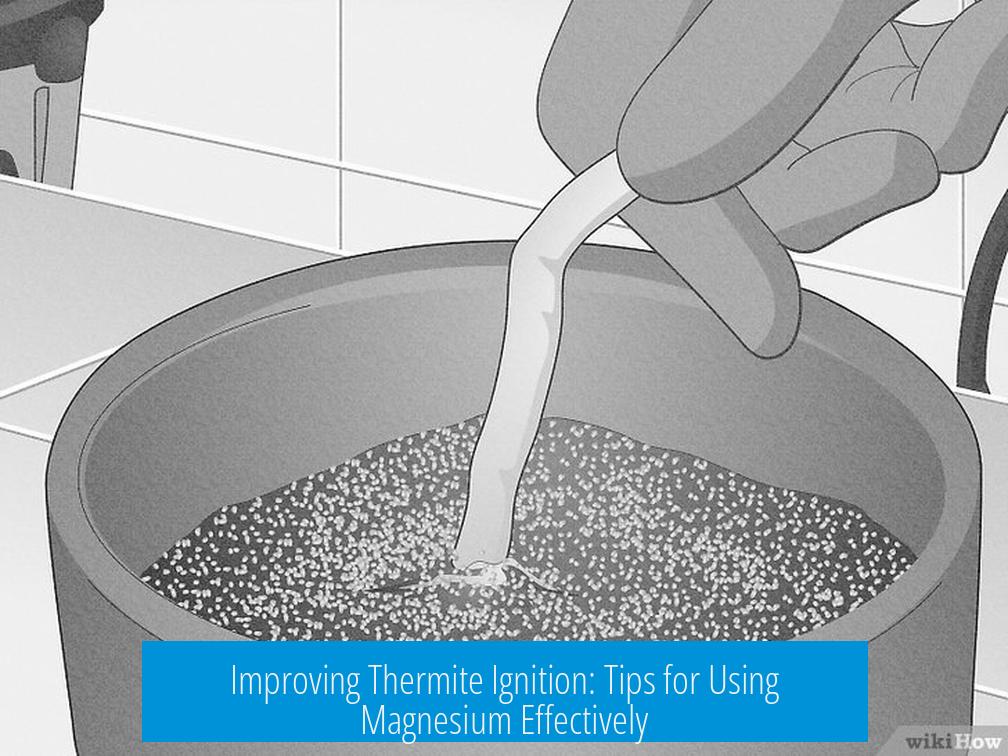
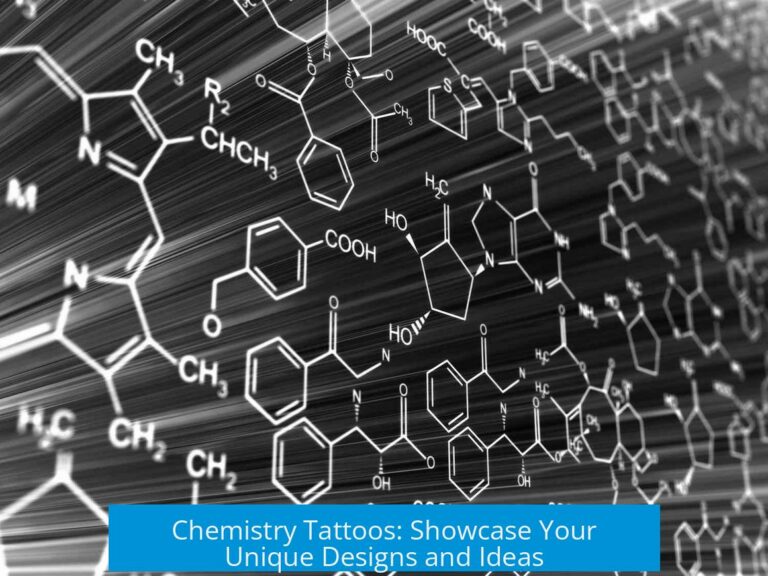
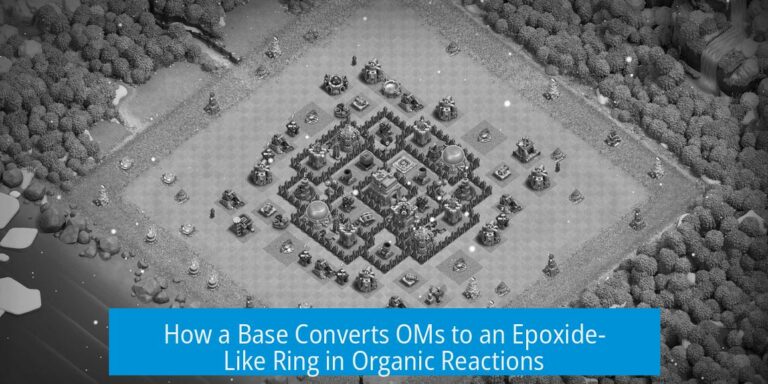
Leave a Comment